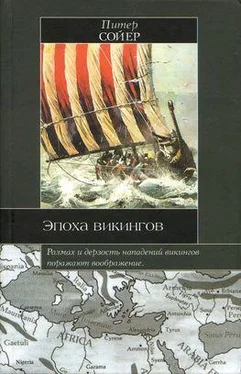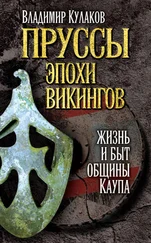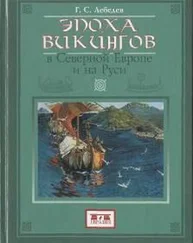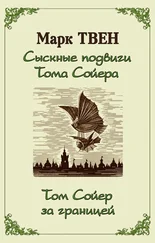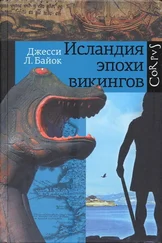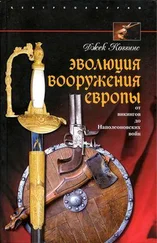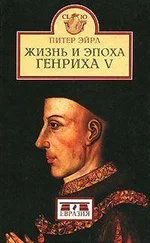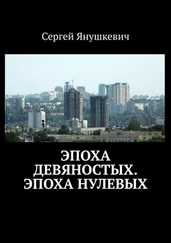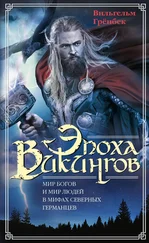P. Norlund, Trelteborg (1948); C. G. Schultz, «Aggersbofg, vikingelejren ved Limfjorden», Fra Nationamuseets Arbejdsmark, 1949, pp. 91-108; O. Olsen, Fyrkat (Nationalmuseets BIS Bog, 1959). Краткий обзор см. в: J. Brondsted, Danmarks Oldtid, III, Jernatderen (Kobenhavn, 1960), pp. 363–369.
Norlund, op. cit., pp. 113.
Lauritz Weibull, «Fornborgen Trelleborg», Scandia, XX (1950), pp. 283–289, особенно p. 286.
См. c. 98.
Кнут II — датский король, правил в 1080–1086 гг. Убит мятежным народом в церкви за то, что ввел постоянный церковный налог. — Прим. ред.
R. Poupardin, Monuments de Vhistoire des abbayes de Saint-Philibert (Paris, 1905), pp. XXV–XL.
L. Delisle, Litterature Latine et Histoire du Moyen Age (Paris, 1890), pp. 17–18.
Ср. M. Prou, Les Monnaies Carolingiennes (Paris, 1896).
F. Lot, Bibliot he que de l'E: cote des Chartes, LXIX (1908), pp. 21–22.
Тан — высшая знать в англосаксонской Англии. — Прим. ред.
EHD, pp. 273–274.
Rose Graham, «The History of the Alien Priory of Wenlock», Journal of the British Archaeological Association, 3-е сер., IV (1939), p. 119.
W. de Gray Birch, Cartularium Saxonicum, II (London, 1887), no. 587.
См. с. 32–33.
М. D. Knowles, The Monastic Order in England (Cambridge, 1940), p. 69–70.
W. Dugdale, The Antiquities of Warwickshire, 3-е изд. (Coventry, 1765), p. 264.
EHD, p. 818.
The Latin Charters of the Anglo-Saxon Period (Oxford, 1955), p. 40.
R. R. Darlington, English Historical Review, LI (1936), pp. 422–423; D. C. Douglas, Proceedings of the British Academy, XXXIII (1947)+ pp. 111–112.
Irish Art in the Early Christian Period, 2-е изд. (London, 1947), p. 86, 154.
EHD, pp. 190–191.
J. Dhoroit,Etudes sur la naissance des principautes territoriales en France (Brugge, 1948), p. 28 прим.
F. T. Wainwright, «AEthelflaed Lady of the Mercians», The Anglo-Saxons, ред. P. Clemoes (London, 1959), pp. 53–69.7.1
A. Campbell, «Two Notes on the Norse Kingdom in Northumbrian», EHR, LVII (1942) pp. 85–97; D. Whitetock, «The Dealings of the Kings of England with Northumbria in the Tenth and Eleventh Centuries», The Anglo-Saxons, ред. P. Clemoes, pp. 70–88.
E. Ekwall, Scandinavians and Celts in the North-West of England (Lund, 1918). Относительно Шотландии см.; W. F. H. Nicolaisen, «Norse Place-Names in South-West Scorland», Scottish Studies, IV (1960), pp. 49–70.
F. Liebermann, Die Gesetze der Angelsachsen, I (1903), p. 216.
Liebermann, op. cit., II. 347–348.
VI Atr 37 — Liebermann, op. cit., I. 256; A. J. Robertson, The Laws of the Kings of England from Edmund to Henry I (1925), p. 102.
O. S. Anderson, The English Hundred-Names (Lunds Universitets Arsskrift, 1934), pp. XXI–IV.
III Atr 3, 1 — Liebermann, op. cit., I. 228; A. J. Robertson, op. cit., p. 64.
Anglo-Saxon England, p. 497.
E Cp. 30 — Liebermann, op. cit., 1. 652, ср. прим. e.
Op. cit., p. 499.
A. J. Robertson, Anglo-Saxon Charters (1939), no. XL
Op. cit., p. 505.
Лучшим введением в изучение топонимов и посвященной им литературы может послужить: Е. Ekwall, Concise Oxford Dictionary of English Place-Names, 4-е изд. (Oxford, 1960). Об элементах, входящих в состав топонимов, см.: А. Н. Smith, English Place-name Elements (English Place-name Society, XXV–VI, 1956). Рассматриваемые здесь формы названий почерпнуты из этих двух работ или же из обзоров по графствам, издаваемых Английским топографическим обществом.
Или же, возможно, это перевод доскандинавского названия, означавшего «tun англов».
К. Cameron, «The Scandinavians in Derbyshire: The Place Name Evidence», Nottingham Medieval Studies, II (1958), p. 90.
См. выше, прим. 3.
Olof von Feilitzen, The Pre-Conquest Personal Names of Domesday Book (Nomina Germanica, 2, 1937), pp. 32–33.
A. H. Smith, English Place-name Elements, II. 208.
Ibid., I. 66–72.
E. Ekwall, «How long did the Scandinavian Language survive in England?» A Grammatical Miscellany offered to Otto Jespersen on his Seventieth Birthday, ред. N. Bogholm, A. Brusendorff и С. A. Bodelsen (1930), pp. 17–30; P. Scautrup, Det Danske Sprogs Historie, I (Kobenhavn, 1944), pp. 95-106; ср. E. Bjorkman, Scandinavian Loan words in Middle English, I (Halle, 1900), p. 8.
New English Dictionary, s. v.
Transactions of Royal Historical Society, 4-я сер., XXIV (1942), pp. 4–5.
Ibid., p. 8. Профессор Дороти Уайтлок, D. Whitelock, Changing Currents in Anglo-Saxon Studies (Cambridge, 1958), p. 6 и прим. 10, недавно привлекла внимание к употреблению скандинавских терминов в некоторых английских текстах. Лучшим объяснением этому является сходство языков, а также социальная и политическая значимость скандинавов в некоторых областях.
F. М. Stenton, Documents Illustrative of the Social and Economic History of the Danelaw (British Academy, 1920), pp. CIV–XV.
O. von Feilitzen, op. cit. pp. 18–26.
Saga-Book of the Viking Society, XII (1937-45), pp. 22–23.
O. von Feilitzen, op. cit., p. 32.
«Scandinavian Personal Names in the Liber Vitae of Thorney Abbey», Saga-Book,of the Viking Society, XII (1937-45), pp. 127–153.
О. von Feilitzen, op. cit., pp. 18–19.
Читать дальше
